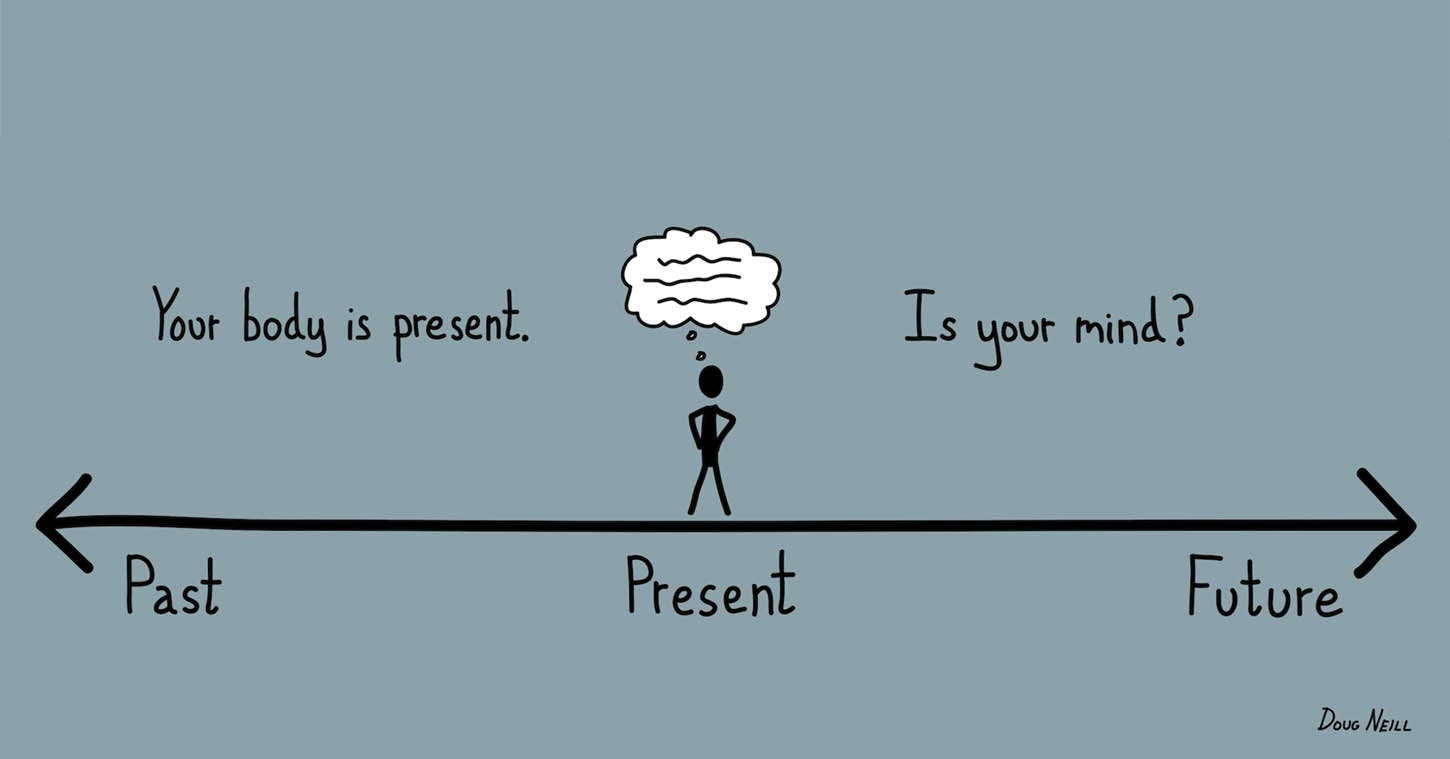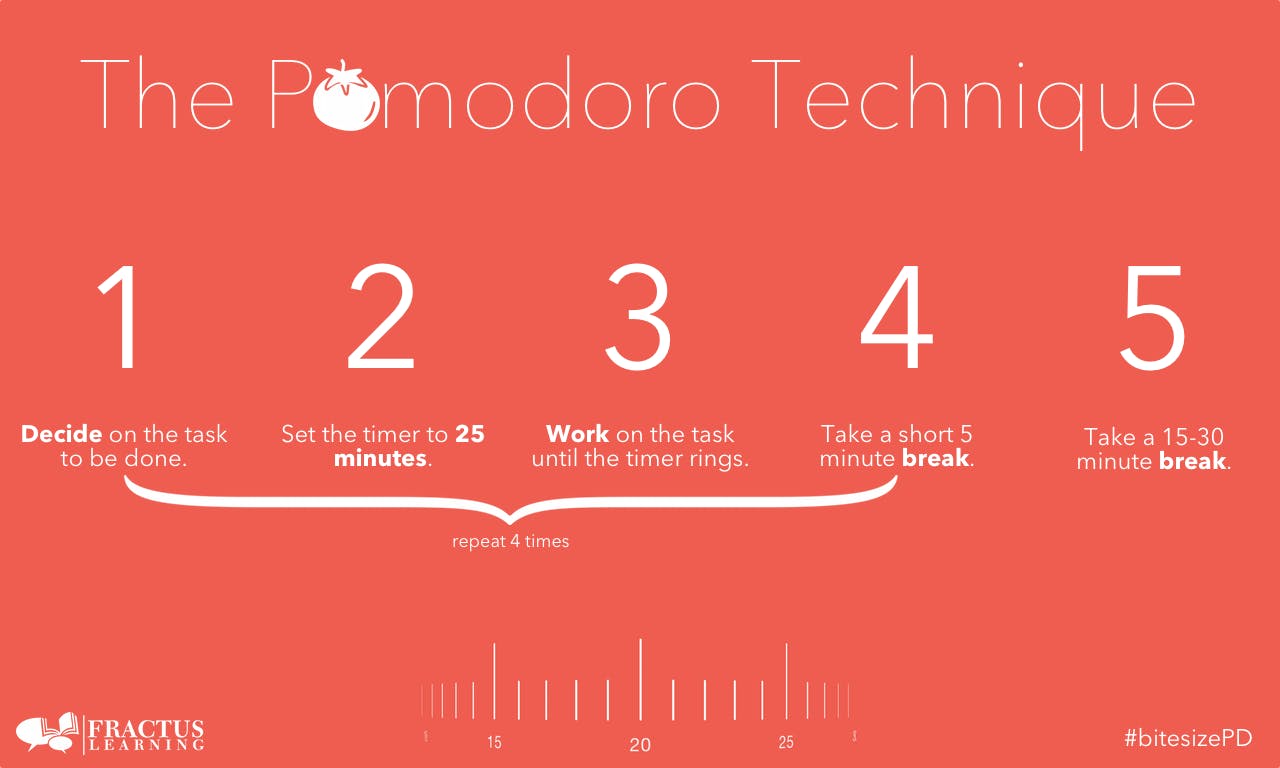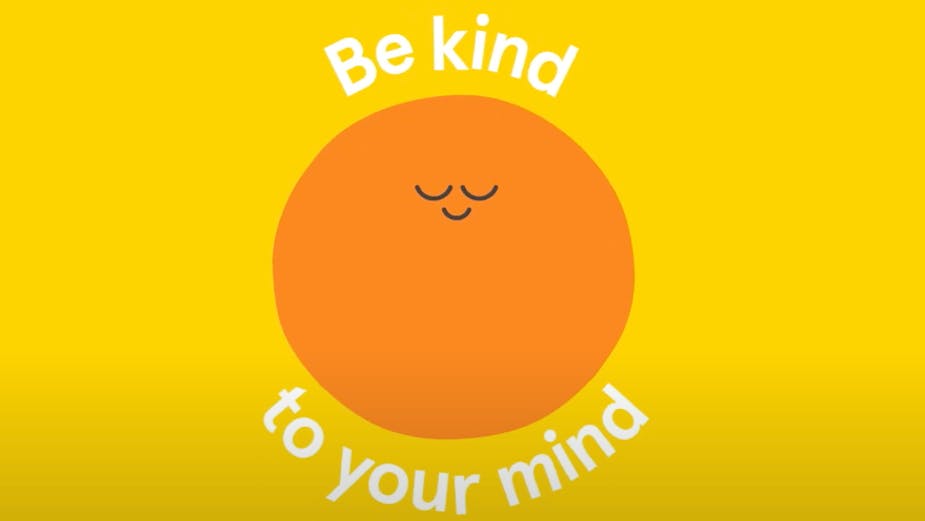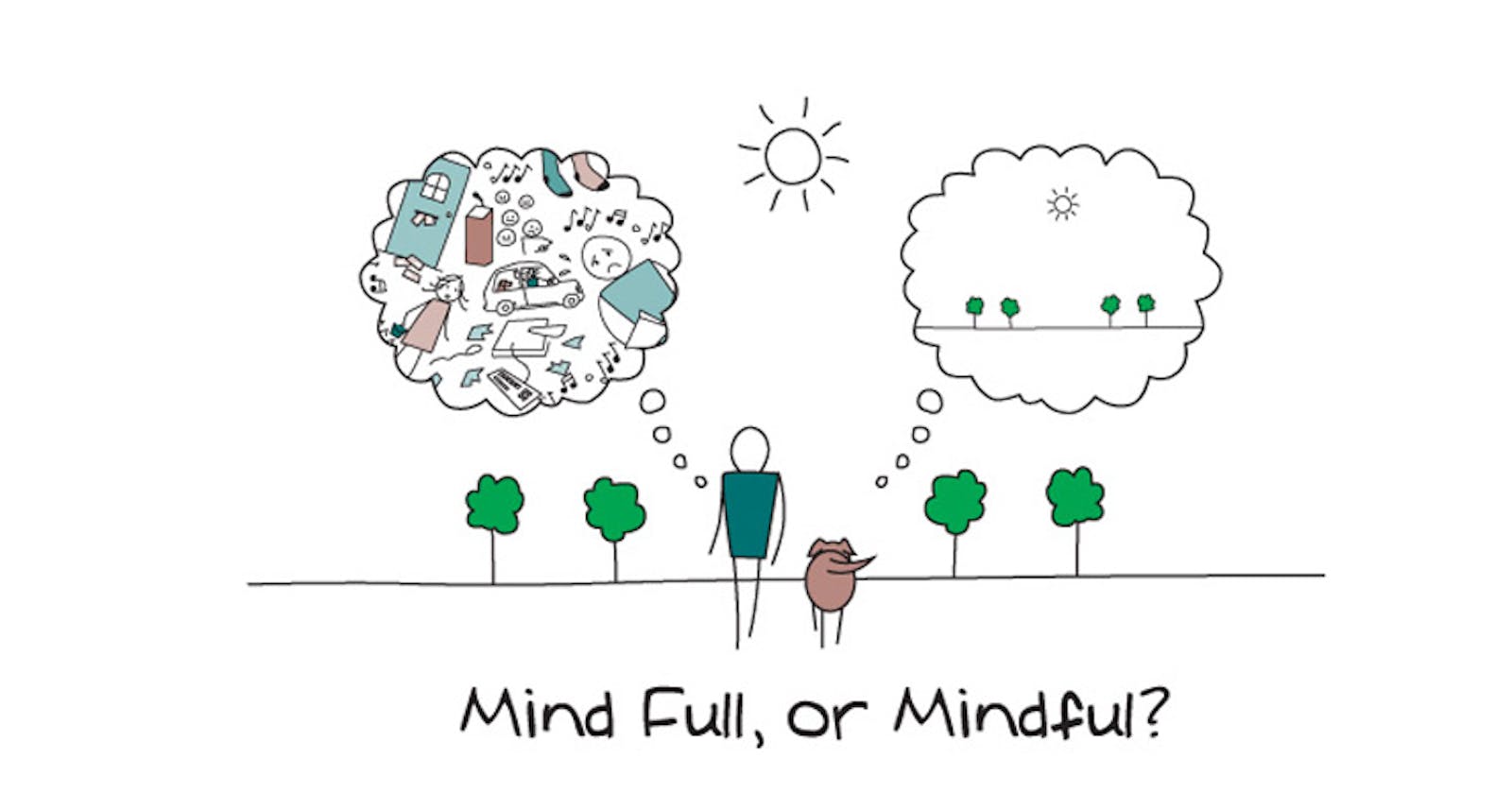As a front-end developer with a background in education and wellness, my mindfulness practice helped me learn to program and continues to help me find peace every day. These ideas and resources will help programmers and anyone who works on a computer most of the day to be more mindful.
What is mindfulness?
Let's start by clearing up some of the misconceptions around mindfulness. Despite what you may think, mindfulness is NOT sitting cross-legged, being calm, or any particular way. It is not trying to control your thoughts or change who you are.
Mindfulness is a non-judgemental, non-secular practice of bringing your awareness to the present moment by observing and accepting your current reality. It is a mental health tool that helps you notice the workings of your mind with curiosity and kindness.
Mindfulness makes you a better programmer (and human) by training your brain to pay attention and engage in the task at hand. With practice, mindfulness will increase your productivity by bringing awareness to your inner and outer distractions. When you practice mindfulness, you are also cultivating compassion for yourself and others. This helps you to be less reactive and relate to stress in a healthy way.

How do I practice mindfulness?
The best part of mindfulness is that it can be practiced by anyone, anytime and anywhere!
Our breath is a mindfulness tool we always have with us. Being mindful of your breath simply means observing your breath. Many of us hold our breath while we are thinking and breathe too shallowly throughout daily activity. Lack of oxygen decreases our cognitive function, emotional stability, and productivity. Try taking a few more mindful breaths throughout your day. Breathe consciously before you start a task, when you are waiting for something, or if you need to refocus your attention.
Like our breath, paying attention to our senses helps us get out of our heads and into the present moment. When challenging emotions or thoughts come up, try grounding with any or all of your five senses. Try the 5-4-3-2-1 technique: acknowledge five things you see, four things you feel, three things you hear, two things you smell, and one thing you taste.
Try to make mindfulness part of your routine. Anything you do can be a mindfulness practice when you intentionally focus your full attention on the experience. Hobbies, exercise, even chores can all be done mindfully! When your mind wanders, which minds do, bring your awareness back to being here now with your breath and senses.

How do I code mindfully?
When it comes to mindful programming, be intentional. Choose one task to focus on when you sit down at your computer, like a small piece of functionality in a project or a specific topic to study. It can help to write your task down. Notice any distractions taking you away from your intention and come back to it. If you get stuck or are waiting for something to load, give your brain a break by closing your eyes for a few breaths or grounding with the five senses.
Our brain can only focus for so long so if you keep getting distracted, your brain might be telling you it's time for a break. The Pomodoro Technique is a time management method that uses a timer to break work into intervals. Traditionally, 25-30 minutes of focused work, separated by short five-minute breaks, with a longer break after several work sessions. You may be surprised how much more productive you are when you take regular short breaks to move your body, hydrate, or eat a healthy snack. Try using a timer like the Take a break Mac app or Marinara: Pomodoro Assistant Chrome extension for accountability.

Mindfulness != Meditation
Where mindfulness can be applied to any situation throughout the day, meditation is usually practiced for a specific amount of time. Meditating is not required to be mindful but it can strengthen your practice. A Pomodoro break happens to be the perfect amount of time for meditation. All you need to do is sit quietly with your mind, body, and breath for a few minutes. This brief practice can be as restorative as a nap!
If you need more structure, search for meditations by length or type (E.g. "2-minute meditation" or "meditation for focus"). YouTube has a huge quantity of free, quality meditations. Yoga With Adriene is my favorite channel for both meditations and mindful movement.
You could also try a music meditation. Choose any song, put on headphones and close your eyes if that's comfortable. Allow yourself to listen to and experience every part of the music from the instrumentals to the vocals. When your mind starts getting distracted, bring it back to the music and tune in to what you're hearing at the moment.
There are also many meditation apps you could use. I recommend Headspace for beginners wanting to make mindfulness a habit. It has guided meditations for productivity, stress, sleep, and more. Insight Timer is more community-driven and shows active users in the world. It has a timer for independent meditation as well as guided meditations and courses to deepen your practice. Both of these are free with optional subscriptions.

Practice makes practice
Remember, mindfulness and programming both require consistent practice to see results. It's about practice, not perfection. Don't be hard on yourself if you are easily distracted. Keep practicing and you will see results.
How are you practicing mindfulness? Please share if you found this information helpful or comment with any questions. Thank you for reading!

